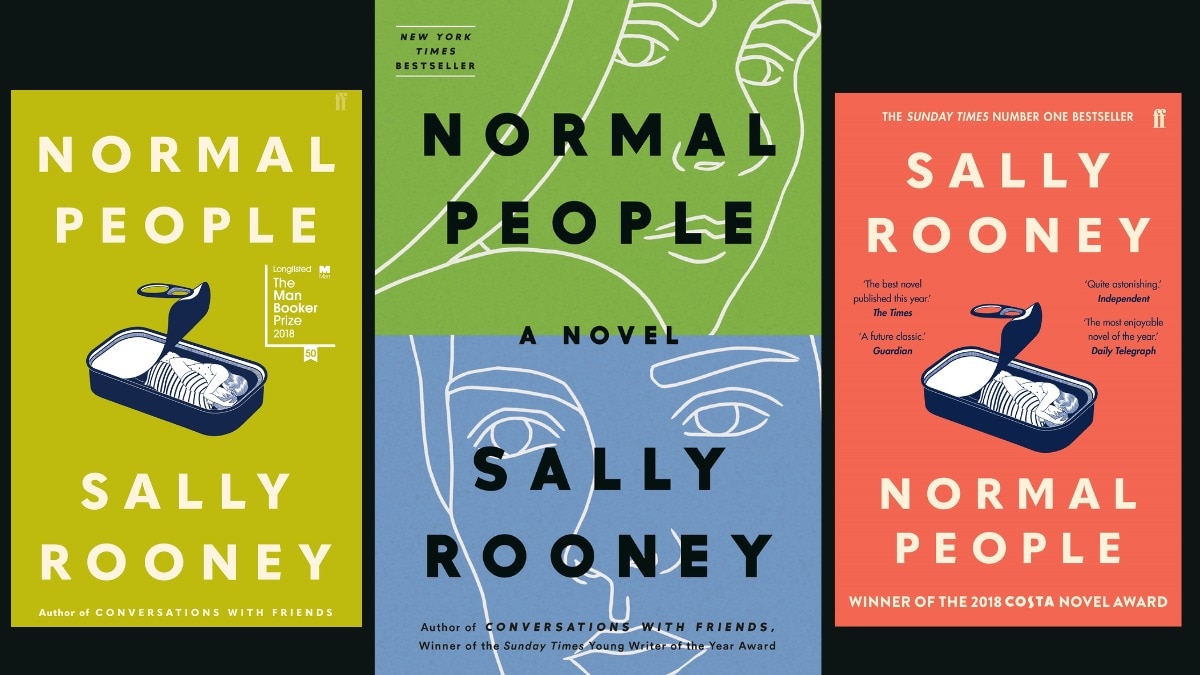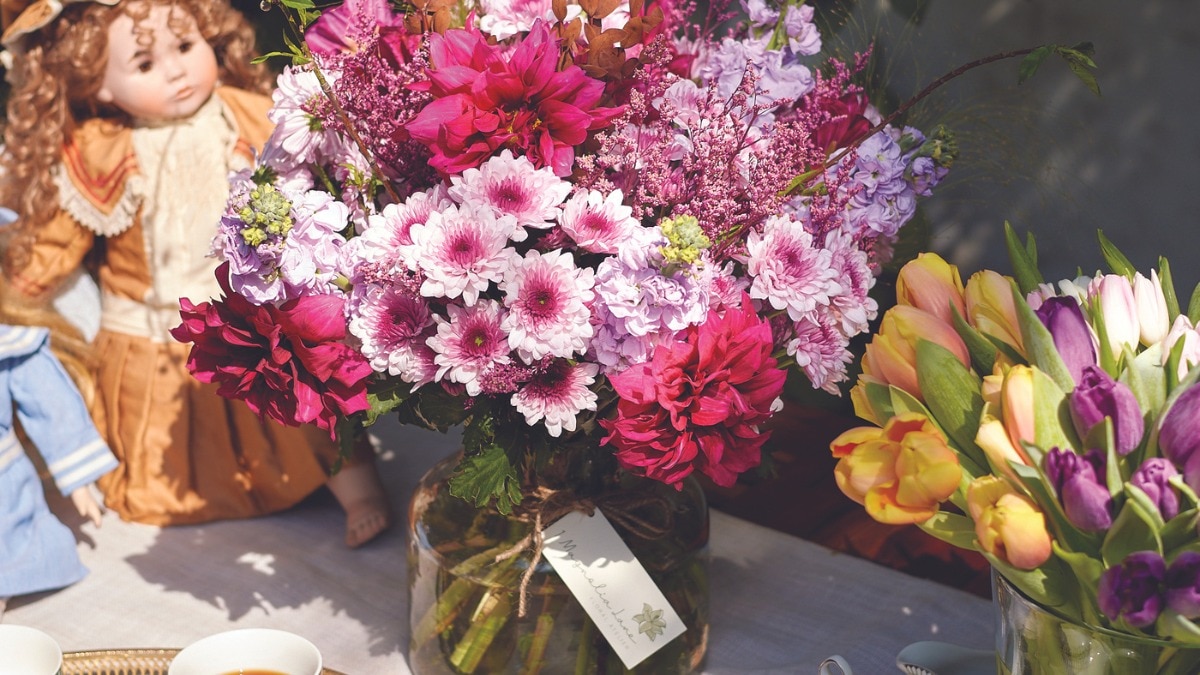We answer the most asked questions about beauty, health, and relationships
What would you give for an expert to answer your most troubling questions?


The Internet is filled with questions. From the most bizarre of them, to the most pertinent of them. We found some that we felt need to be answered.
I’m more aware of microbes post-Covid, but I love getting manicures. Any advice for staying safe?
Still carting around hand sani? Join the club. While it might seem a little extra to some, erring on the side of caution is no bad thing-especially when you’re getting a manicure, haircut or facial. In fact, salons can harbour harmful pathogens, according to a study published in Infection And Drug Resistance. Given manicures involve clipping, snipping and often breaking skin, the nail salon can be a hot spot for infection, but there are steps you can take to feel safe. "It’s a red flag if a nail salon avoids answering questions about their cleaning practices," says celebrity nail technician Jin Soon Choi. The same goes for hair salons and spas. Choi suggests getting to the salon early so you can scope it out. A few things to bear in mind: before you sit down for a pedi, check that the tubs are being deep-cleaned with an antibacterial spray. Consider bringing your own tools, such as nail files and clippers. And watch what’s happening during your service. If your technician cuts corners, like nicking a cuticle and moving on without cleaning it, then they’re inviting infection—and they might be skipping other steps, too. "Focus and patience are signs of a good technician," says Choi.
How can my partner and I find a sex routine that works for us?
Desire discordance can land any couple on a relationship therapist’s sofa, says psychologist Candice Hargons, associate professor at the University of Kentucky. While theories about the origins of desire have shifted with time, most experts now agree that desire isn’t one-size-fits all. Sexual harmony is about pinpointing each person’s brand of desire and catering to it. So get to know your real mode of desire more intimately. "Write out a pleasure map to gain a bit of ‘sexual self-awareness’," suggests Dr Hargons, and have your partner do the same. "First, jot down the areas of your body where you like to be touched, noting the pressure, rhythm and any textures you like to feel," she adds. "Then consider ‘what contexts and environments are most pleasurable’." Next up: activities. Think about which sexual moves you like, says Dr Hargons. Pleasure map looking nothing like your partner’s? That’s okay. "Commit to remaining curious," she adds. "People can evolve new sexual pleasure maps." This way, you’re making space for each other’s desire despite the mismatch and with mutual respect for boundaries.
I need to refresh my fitness routine. Any tips?
Loads. Let’s begin by creating a new narrative around what it is you might enjoy. Emphatically ‘not a runner’? Think you’re too ‘uncoordinated’ for yoga? ‘Give yourself permission to see yourself in a different way,’ says LaKeitha Poole, assistant athletic director for sport psychology and counselling at Louisiana State University. Uncovering new sides of yourself will unlock a whole new level of joy by releasing endorphins. Next, set yourself some holistic performance goals. Aim to acquire a new skill that will challenge you both physically and mentally, says trainer Madeleine Conti, founder of Kettleclub. "By being excited about what you’re doing, you’re no longer counting down the minutes," she says, adding that even her most advanced clients run through the building blocks before doing more complex moves—practising a kettlebell high-pull before a snatch, for example. And finally, whatever you choose, it’s worth mastering some basic movements. "What’s great about learning skills is you’re forced to slow down and go through all those little checkpoints to remember, practise, and master them," adds Conti. Ready to press the refresh button?
I keep hearing about yuzu. What is it?
The tangerine-sized fruit has been cultivated in eastern Asia for centuries, and it’s a leading ingredient in Japanese cuisine for its deliciously sour, slightly floral juice that’s squeezed on to sashimi and stirred into drinks. Since yuzu is full of seeds, there’s only a smidge of liquid per fruit (two teaspoons, on average), but it’s gold. "Among citrus fruits, yuzu has the highest amount of vitamin C, which is vital for the immune system and the production of collagen," says dietitian Asako Miyashita. You’ll find it in Japanese supermarkets and, conveniently, Waitrose (Cooks’ Ingredients Yuzu Juice, £4.75 for 60ml). Plus, the tangy orbs are a recent favourite in tea and mixers. Pure bottled yuzu juice is the best way to add a citrusy spark (similar to how you’d use lemon juice or vinegar) to dressing, dips, drinks and more. Miyashita, who was born and raised in Japan, turns yuzu into yuzunade by adding a splash of juice to a glass with honey and ginger, topping it up with water. Also, look out for products made with it, such as ponzu, yuzu kosho, and miso-based dressings. Yuzu you.
This article was originally published in Women's Health US










